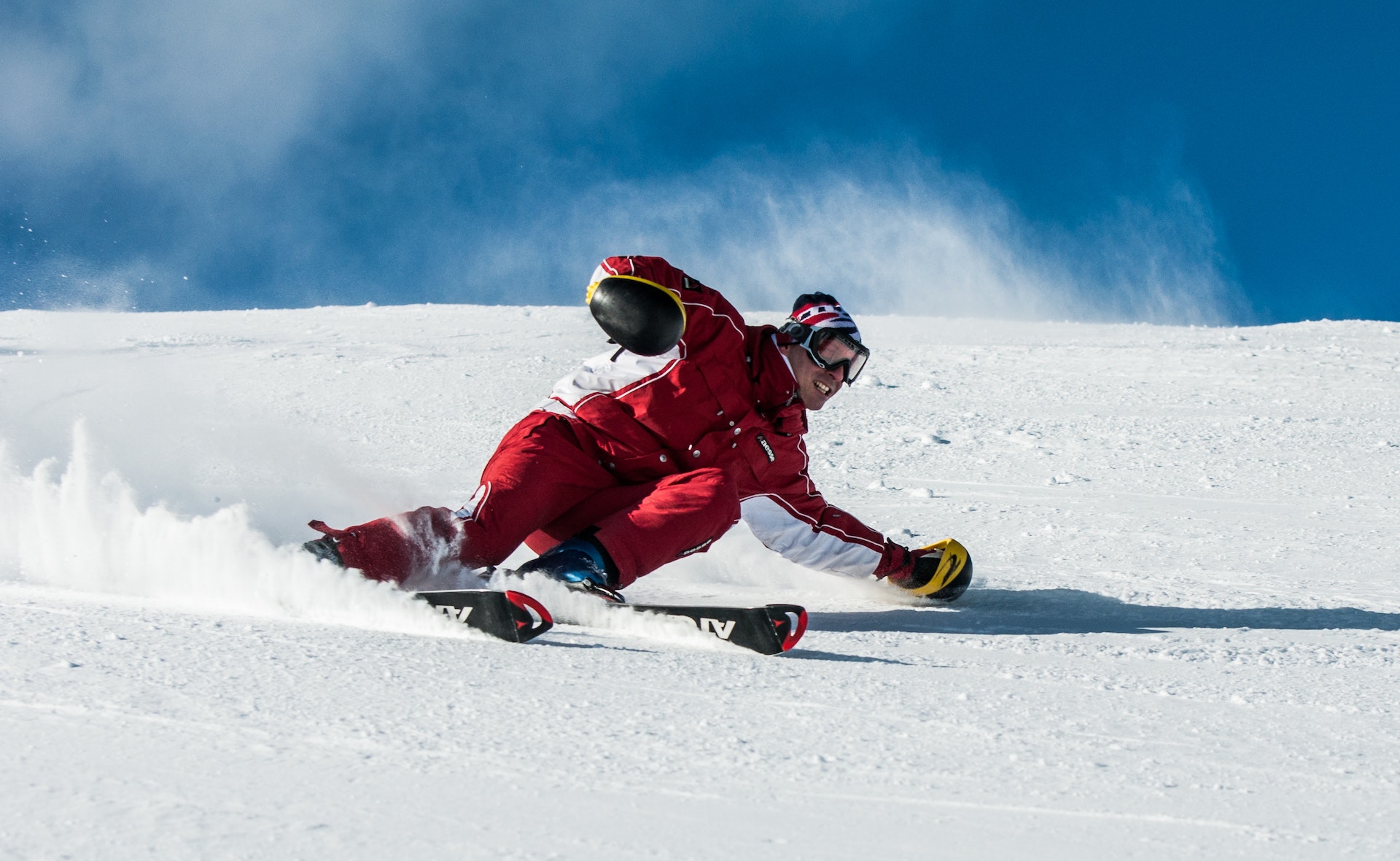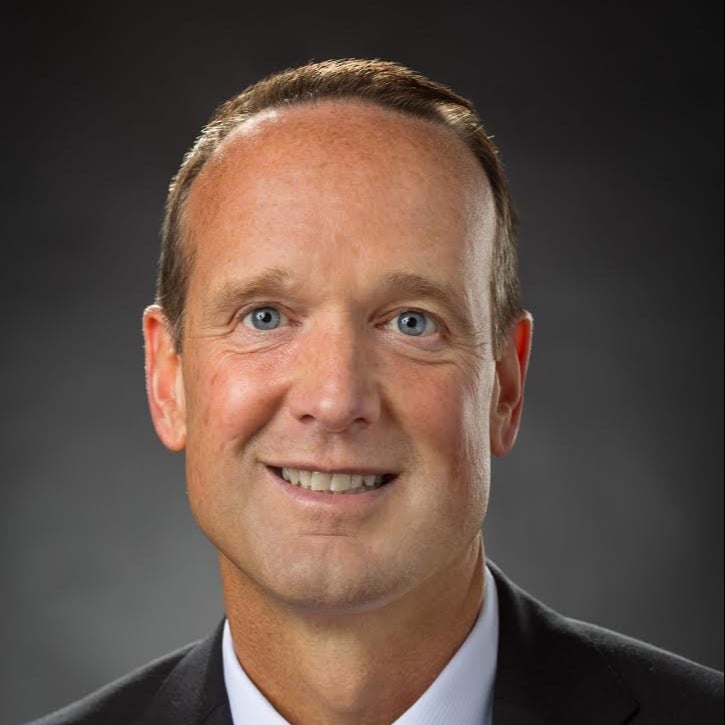I am an avid downhill skier and mountain biker. I love to be out on the slopes and the trails as often as I possibly can. I recognize that these two activities readily allow me to achieve the state of flow that Mihaly Csikszentmihalyi described in his book Flow: The Psychology of Optimal Experience. He described the state of flow as being in the zone of optimal performance, when it seems to “flow” out of you without much effort. In fact, getting to a state of flow does take great effort, but it doesn’t register as such because you are in the zone!
“The best moments in our lives are not the passive, receptive, relaxing times . . . The best moments usually occur if a person’s body or mind is stretched to its limits in a voluntary effort to accomplish something difficult and worthwhile”.
- Csikszentmihalyi, 1990
It occurred to me that certain things are true in both skiing and mountain biking. I am completely clear about what I am trying to accomplish - top to bottom with speed and grace! I have high confidence in the tools and strategies that I am using to successfully ski and ride. My efforts are focused on a single, coherent task – own the mountain! And, I have been committed to skiing and biking long enough to develop the necessary proficiency level to feel competent.
As an educational leader for over 15 years, this got me wondering about how this same concept might help our schools and districts achieve a “state of flow” in their efforts to create programs and learning experiences that support all learners.
I contend that the critical factors of clarity, confidence, commitment, and coherence may be just the necessary ingredients for systems to achieve a state of transformative flow. Attending to these concepts may just help schools and districts to get into a zone of optimal performance. In public education, we do not have a great reputation when it comes to defining these critical factors:
Clarity
When I get out on the trails or on the slopes, I am really dialed in. I’m really focused. In education, however, we struggle to be clear about exactly what it is that we are trying to accomplish in our schools. This in turn means that we lose focus. We create and recreate mission and vision statements every three to five years. We wordsmith the statements with large committees to be sure that we include every possible outcome that our community wants us to achieve. Then typically we end up with mission and vision statements that are at best posted in boardrooms and offices, and at worst, filed into binders or only placed in grant applications. Brian Tracy, author of How the Best Leaders Lead, notes that lack of clarity is more responsible for frustration and underachievement than any other single factor. He surmises that the concept of clarity accounts for probably 80% of both success and happiness.
Confidence
Confidence is not intended to describe the bravado feeling of “Hey I got this!” That kind of overconfidence can get you in trouble on skis or a bike. In education, this type of confidence has historically been part of our problem. We have been choosing activities and strategies for implementation that we “feel” might be good for our students. In reality, we should be focused on “high confidence” strategies and programs because they have proven successful in other contexts. The Oregon Response To Intervention and Instruction (ORTII) team in an April 2016 presentation noted that historically, practices have not been selected on effectiveness, but on “I think, I feel, I believe.” There has been a profound lack of focus, consistency, and deliberate use of what we know works at the systems level.
Commitment
I’m not going to try and convince you that I am a natural on skis or on a bike. Shoot, I have been skiing since I was three and I’m not looking for anything beyond a black diamond run on most days. I guess what I’m saying is that it takes commitment to get to a point of proficiency that begins to pay “flow” dividends. You need to choose your thing and stick to it. In education, we don’t do that very well. As Glenn Latham in The Birth and Death Cycles of Educational Innovations explains, innovations in education come and go in about 18 to 48 months. We don’t stay committed to anything long enough to really achieve systemic change, let alone systemic flow. This is probably connected to our confidence issue of having a “feeling” that this other thing might work better. It definitely creates a lack of coherence!
Coherence
Michael Fullan has been talking about coherence for decades. Back in 1991, he and Suzanne Stiegelbauer wrote The New Meaning of Educational Change based on a book that he previously published in 1982. Together they wrote that “One of the most critical problems our schools face is…fragmentation, overload, and incoherence resulting from the uncritical and uncoordinated acceptance of too many different innovations.” This is like me trying to learn how to ski or bike, but also trying to learn to rock climb, sail, kiteboard, knit, skateboard, play the guitar, hang glide, write poetry, paint, run marathons…you get the point. I just don’t have the time or energy to commit to all of these things. On the other hand, I road bike and compete in triathlons. I also have learned to snowboard and enjoy cross-country skiing. In education, we need to be more discerning in our selection of tools and practices. We need to commit to a few high-confidence practices/strategies and then explicitly show the connections between and among them.
I believe wholeheartedly that our historical lack of clarity, confidence, commitment, and coherence can be addressed by focusing on the implementation of two fundamental frameworks – MTSS and UDL.
MTSS and UDL are research-based frameworks that help us to see our systems differently, see our practices differently, and most importantly, see our learners differently – as inherently capable, beautifully diverse, and worthy of our best efforts. They are frameworks that help us to consider our beliefs and principles, as well as practices and processes. They aren’t initiatives. They aren’t canned programs. They aren’t resources that suddenly become outdated.
Like all effective frameworks, they improve how we see and respond to the world. “When you change the way you look at things, the things you look at change.” - Dr. Wayne Dyer, Author/Speaker.
MTSS and UDL are lenses that help us to create coherence, bring clarity to how we will achieve our mission/vision, ensure high-confidence practices, and that schools and districts can remain committed to for a very, very long time. Together they provide us with the necessary tools, research, and guideposts for creating both systems and learning experiences that are inclusive of all students and families, and that produce equitable outcomes.
When we seek to create schools that meet the needs of all students, we are stretching to accomplish something meaningful and worthwhile. When we are clear and committed to a high-confidence, coherent plan, we can operate in an optimal zone of performance. When we achieve a state of flow, we can achieve great things.
Get in the zone. Implement UDL and MTSS in your school.




